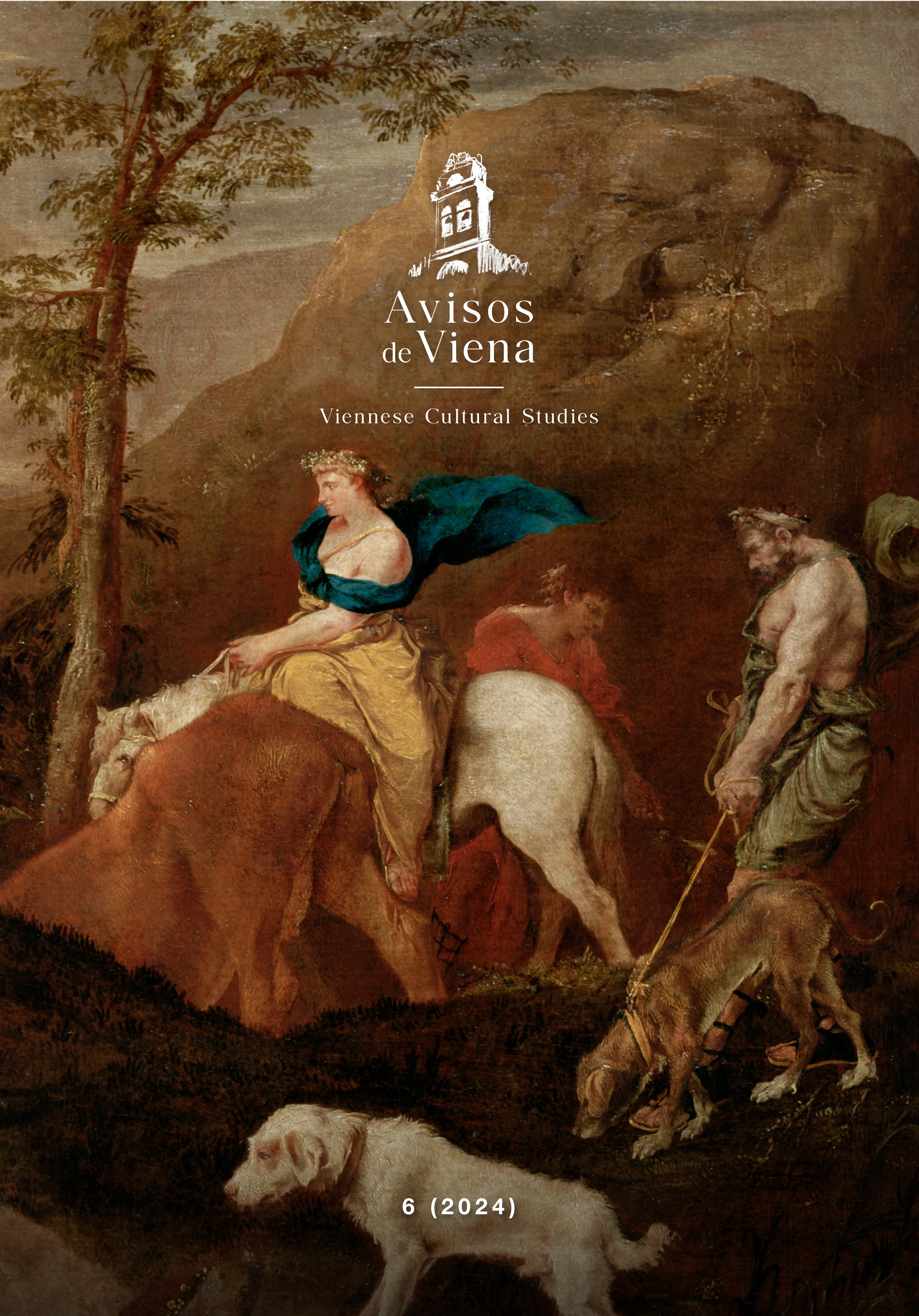Tirón de orejas al héroe de su amante (Hércules y Ónfale en Rubens)
Ejemplos de amor, humor y pedagogía en un gesto de castigo insólito y transgresor
DOI:
https://doi.org/10.25365/adv.2024.6.8524Keywords:
Rubens, Hércules y Ónfale, tirón de orejas, Tirant lo Blanc, Hercules, Omphale, Power dynamics, Gender rolesAbstract
Abstract: In Rubens' Hercules and Omphale (1602-1605), the queen of Lydia, Omphale, is depicted pulling the ear of Hercules, son of Jupiter and Alcmena, in an unusual and vulgar gesture. This act symbolizes her dominance over the legendary hero. Omphale is portrayed as graceful and commanding, while Hercules, nearly naked, sits submissively beside her. This inversion of roles, with Omphale wielding Hercules' lion skin cloak and him holding her spinning wheel, serves to ridicule and feminize him. The painting raises questions about power dynamics and gender roles in classical mythology. Omphale's casual demeanor contrasts with Hercules' stoic acceptance, hinting at a complex interplay of dominance and submission.
References
Davidson Reid, J. (1993). The Oxford Guide to Classical Mythology in the Arts, 1300–1990 (Vol. 1, pp. 540–544). New York and Oxford: Oxford University Press.
Diodoro Sículo. (1998). “Ónfala”. Cuadernos de Filología Clásica. Estudios Latinos, 14, 25–56.
García Portugués, E. (2011). Hércules y Ónfale en Fastos de Ovidio: El texto llevado a la pintura. Imago. Revista de Emblemática y Cultura Visual, 3, 73–84.
Huemer, F. (1979). A Dionysiac Connection in an Early Rubens. The Art Bulletin, 61(4), 562–574.
Lyon, V. J. (2020). Figuring Faith and Female Power in the Art of Rubens (pp. 63–67). Amsterdam: Amsterdam University Press.
Martorell, J. (2005). Tirant lo Blanc (Ed. A. Hauf). Valencia: Tirant lo Blanch.
Plutarco. (2007). Vidas paralelas (Vol. IV, Ed. J. M. Guzmán Hermida & Ó. Martínez García, p. 96). Madrid: Gredos.
Rosenthal, L. (2005). Gender, Politics, and Allegory in the Art of Rubens. Urbana-Champaign: University of Illinois Press.
Rubens, P. P. (1602–1605). Hercules and Omphale [Painting]. Museo del Louvre, Paris.
Rubens, P. P. (Attributed). Hércules y Onfala [Painting]. Real Academia de Bellas Artes de San Fernando, Madrid.
Suárez Pazos, M. (2004). Los castigos y otras estrategias disciplinarias vistos a través de los recuerdos escolares. Revista de Educación, 335, 429–443.
Sonlleva Velasco, M. (2019). Golpes y brazos en cruz: El castigo escolar en la escuela pública franquista (1938–1951). Revista História da Educação, 23.
Downloads
Published
How to Cite
Issue
Section
License
Copyright (c) 2024 Rafael Beltrán

This work is licensed under a Creative Commons Attribution 4.0 International License.
© Open Access, CC BY 4.0








